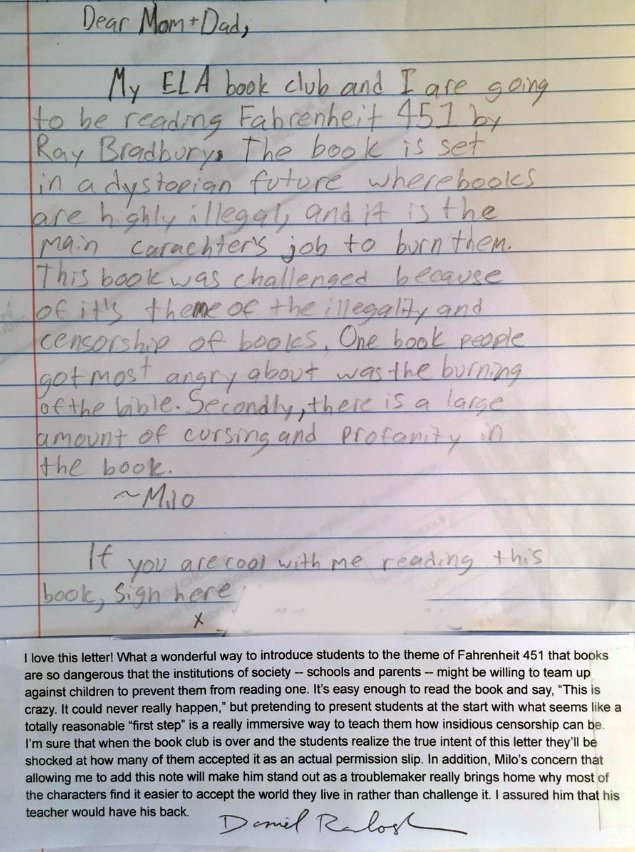Grover, the more intellectually-aspirant of Sesame Street’s two blue monsters, is a self-appointed expert on anatomy (“the head is covered with this long stringy stuff”), hygiene, and Spanish, but the workings of the United States Electoral College eluded him, until Salman Khan, founder of the Khan Academy wandered into the frame.
The pairing’s not as odd as you might think. The Khan Academy’s mission is in many ways quite similar to that of Sesame Street—free education for the people, distributed on a global scale. Both are non-profit. The Khan Academy uses whiteboard screencasting where Sesame Street uses Muppets, but the goal is the same.
The energetic and highly distractible Grover would be a challenging pupil in any setting. Khan, whose teacher-student interactions are rarely so face-to-face, handles him like a pro, wisely paring down a standard issue Khan Academy lesson on the Electoral College to an easily digestible three-and-a-half minutes.
The takeaway?
The United States is an indirect democracy.
Each state awards its electoral votes to the candidate who wins the popular vote in that state.
The number of electoral votes in any given state is equal to its number of congresspeople plus its two Senators.
There are a total of 538 electoral votes. In order to win the presidential election, a candidate must win at least 270 of those votes.
Simple enough, but this measured explanation does not compute with Grover.
So Khan employs an educational Ninja technique. “How can I explain it in a way that you might understand?” he asks.
It turns out Grover is something of a visual learner, who’s not at all shy about the workings of his own personal brain. He’s probably not ready for 8th grade algebra, but the Khan Academy substitution method provides a watershed moment, when Khan replaces electoral votes with chickens.
(If your fragile grasp of the Electoral College process would be muddled by the introduction of chickens, stop watching at the two minute mark. As the proliferating comments on the Khan Academy’s fifth American Civics lesson prove, sometimes the simple approach creates more questions than it answers.)
Related Content:
Free Online Political Science Courses
Morgan Freeman Teaches Kids to Read in Vintage Electric Company Footage from 1971
Election 2012: Your Free Ticket to a Popular Stanford Course
Ayun Halliday is an author, illustrator, theater maker and Chief Primatologist of the East Village Inky zine. Her play Zamboni Godot is opening in New York City in March 2017. Follow her @AyunHalliday.





